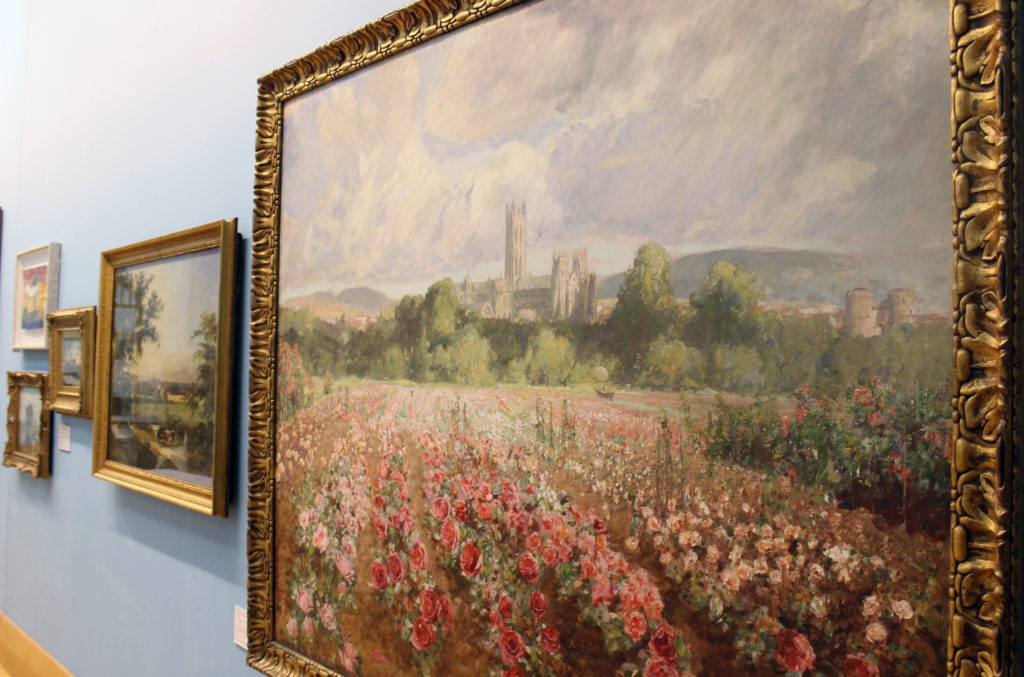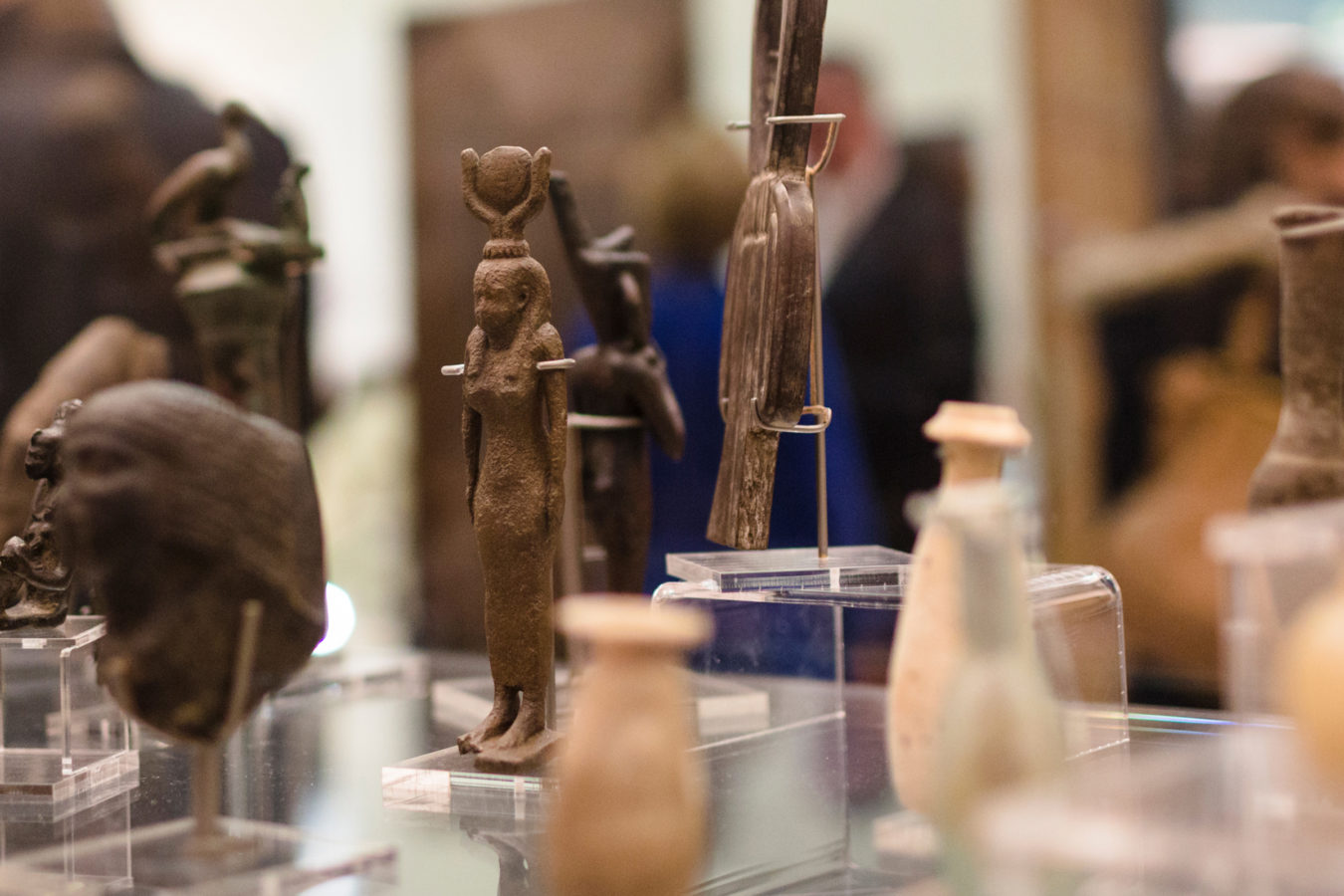
Easter fun at the museums!
Exhibitions, trails and activities; six fun things for all the family to enjoy at The Beaney and...
For all the museums staff and frequent visitors the release was a gentle reminder of the sheer diversity of the objects in our collections. It was an opportunity to showcase their relationship with each other and chronologically, bringing attention to Canterbury’s rich culture and history.
From prehistory to the present day and from the ordinary to the extraordinary, these objects alone reveal the story of the world’s civilisations through the ages. They give us an insight into our ancestor’s lives that is so much richer and intriguing than a list of events.
But what is really brilliant is just how many of our objects on display are actually featured in the book. This means, once you’ve read it, there is the opportunity to actually see these items for yourself! And best of all, you can visit all the objects housed in the Beaney for free.
Obviously we don’t want to spoil it for you so here are just a few of the items featured in the book and on display in our museums.
If you are really keen, why not bring your book along and see which objects you can spot in our displays?
This handmade Predynastic bowl, with a characteristic black rim, shows the great skill achieved by Egyptian potters even before 3000BC.
The aggression of the dwarf god Bes was all directed towards external threats. He was the protector of the family, particularly woman in childbirth.
 Celtic gold coin [Page 66, Ancient Civilisations 700 BCE – 600CE]
Celtic gold coin [Page 66, Ancient Civilisations 700 BCE – 600CE]This is a distant copy of a Macedonian one showing a horse and chariot. Horses played a vital part in Celt’s lives.
 Pottery water cooler [Page 82, Ancient Civilisations 700 BCE – 600CE]
Pottery water cooler [Page 82, Ancient Civilisations 700 BCE – 600CE]This container could have been used to chill water or wine. Made in Cologne, Germany, it was found at a Roman site in Canterbury, England.
 Snail spoon [Page 81, Ancient Civilisations 700 BCE – 600CE]
Snail spoon [Page 81, Ancient Civilisations 700 BCE – 600CE]This silver spoon, known as a cochlearium, was used to get snails out of their shells, the name comes from cochlea, meaning snail. The inscription reads “I belong to a good man”.
 Snake bracelet [Page 87, Ancient Civilisations 700 BCE – 600CE]
Snake bracelet [Page 87, Ancient Civilisations 700 BCE – 600CE]Bracelets, such as this bronze one in the form of a snake, were commonly worn by Roman women. Snakes represented fertility, and were also intended to ward off evil.
 Round brooch [Page 118, Trade and Empire 600-1450]
Round brooch [Page 118, Trade and Empire 600-1450]This circular brooch, from 7th to 9th century Kent, UK, is particularly finely worked. Set with garnets and decorated with cloisonné and gold filigree, it may have belonged to a woman of high status, but is incomplete as four of the roundels on the front are empty.
 Bellarmine jar [Page 143, Trade and Empire 600-1450]
Bellarmine jar [Page 143, Trade and Empire 600-1450]Jars such as this one contained wine exported from Germany. They were then often reused as “witches’ bottles” to hold hair, nails, urine, and other items believed to protect against witchcraft.
To plan your visit to our museums please follow the links below
The Beaney House of Art & Knowledge
History of the World in 1,000 is now on sale at all good bookshops and online here.
